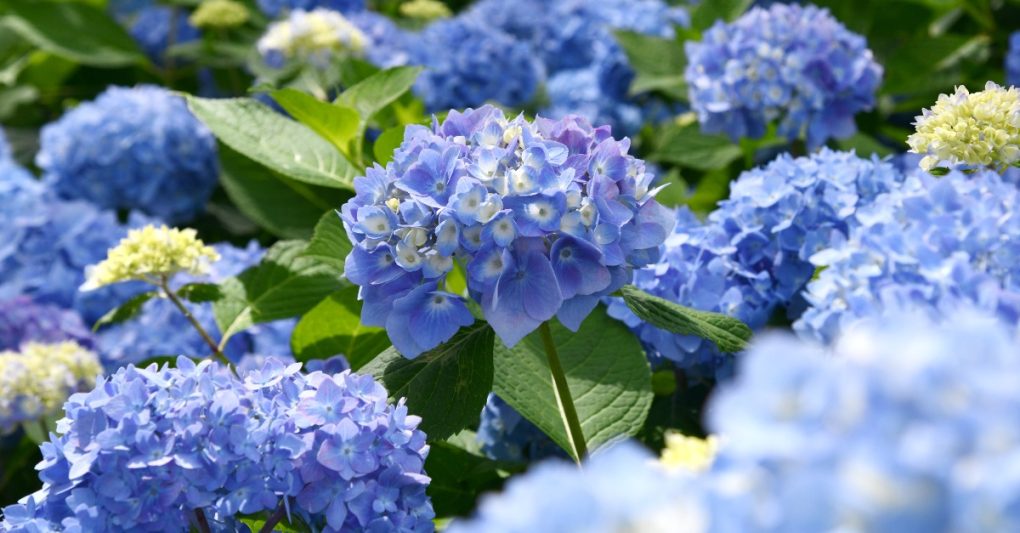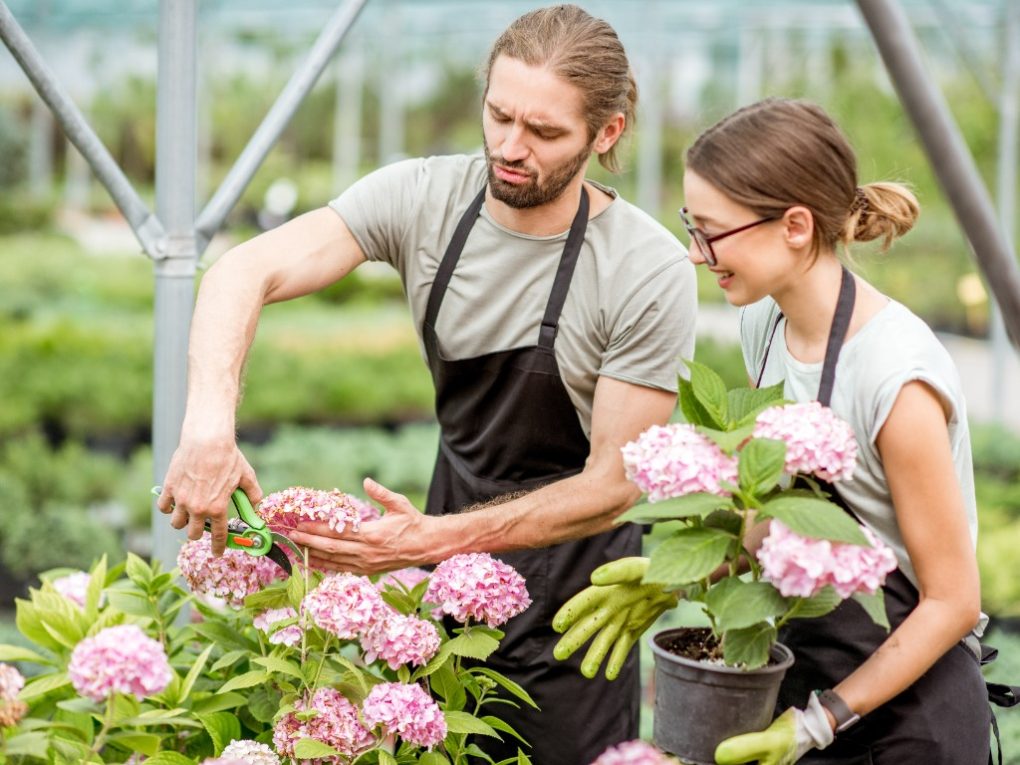Do Hydrangea Bloom in the First Year? Exploring the Factors that Affect Bloom Time
Hydrangeas can bloom in their first year. However, hydrangeas blooming in their initial year depends on various factors such as plant maturity, proper care, and the specific variety of hydrangea.

For instance, hydrangeas like *H. macrophylla* and *H. quercifolia* bloom on old wood. After transplanting or planting, these hydrangea types may take a season or two to produce blooms. On the other hand, varieties like *H. arborescens* and *H. paniculata* bloom on new wood, making it more likely for them to bloom within the first year. Proper care, including adequate sunlight, well-draining soil, and appropriate watering, will help ensure healthy growth and first-year bloom production.
Table of Contents
Factors That Affect Blooming
Hydrangeas are known for their beautiful, showy blooms lasting for months, however, whether or not a hydrangea will bloom in its first year can depend on several factors.
Plant Age
The hydrangea plant’s age can significantly impact whether or not it blooms in its first year. Younger plants typically need more time to establish their root systems and may not have the energy to produce blooms in their first year. Therefore, it is common for a young hydrangea plant to take two or three years to produce its first blooms.
Pruning
Pruning can also impact a hydrangea’s blooming ability in its first year. If a plant is pruned too heavily, it may need more energy to produce blooms. On the other hand, if a plant needs to be pruned enough, it may produce fewer blooms. Therefore, it is important to know the specific pruning requirements for your hydrangea type and follow them carefully.

Growing Conditions
The growing conditions of a hydrangea can also play a role in its ability to bloom in its first year. The hydrangea prefers moist, well-drained soil and partial shade. If a plant is not getting enough water or sunlight, it may not produce blooms. Additionally, extreme temperatures or weather conditions can impact a plant’s ability to bloom.
Fertilization
Fertilization can also impact a hydrangea’s blooming ability in its first year. Too much nitrogen can cause a plant to produce more foliage and fewer blooms. Therefore, it is important to use a fertilizer specifically formulated for hydrangeas and follow the recommended application rates.
Tips for Encouraging Blooms
Hydrangeas are a popular and beautiful addition to any garden, but getting them to bloom can be challenging. So here are some tips to encourage your hydrangeas to bloom, even in their first year.
Choosing the Right Hydrangea
When selecting a hydrangea, choosing a variety suited to your climate and soil type is important. Some hydrangeas, such as the Endless Summer series, are bred specifically to bloom on both old and new wood, making them more likely to bloom in their first year. Other varieties, such as the Bigleaf hydrangea, may take a year or two to establish before producing blooms.
Planting and Care Tips
Proper planting and care can also encourage hydrangeas to bloom. Here are some tips:
● Plant hydrangeas in well-draining soil that is rich in organic matter.
● Make sure hydrangeas receive enough water, but avoid overwatering.
● A balanced fertilizer should be applied early spring and again mid-summer.
● Prune hydrangeas after they bloom, cutting back any dead or damaged wood and removing spent flowers.
● Consider adding a layer of mulch around the base of the plant to help retain moisture and regulate the soil’s temperature.

Choosing the right hydrangea variety and providing proper planting and care can increase the likelihood of your hydrangeas blooming in their first year. With a little patience and attention, you can enjoy the beauty of these stunning flowers all season long.
